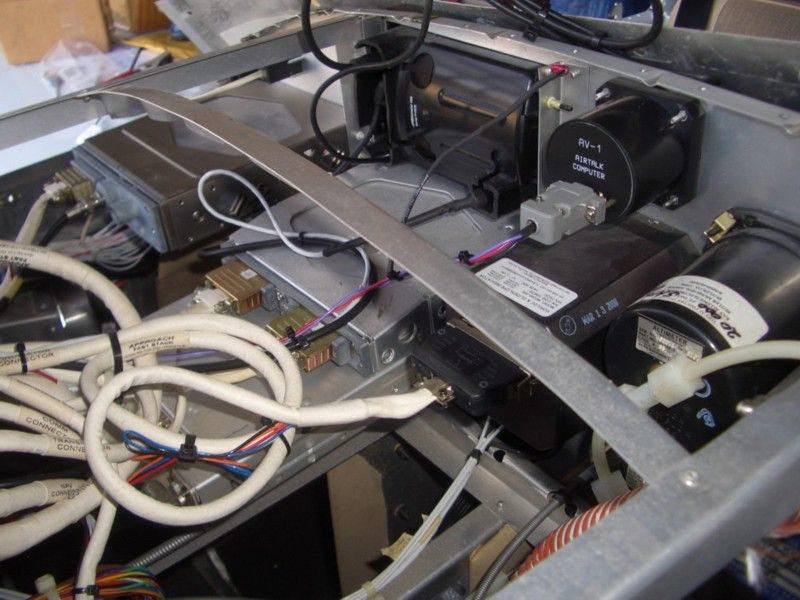kontiki
Cleared for Takeoff
- Joined
- May 30, 2011
- Messages
- 1,121
- Display Name
Display name:
Kontiki
I don't see many GA folks talking about which airplanes are Pilots Airplanes and which are Mechanics airplanes.
I think of a mechanics airplane as those that are very easy to work on, but maybe aren't so hot on performance. Conversely a pilots airplane is a PIA to work on because of possibly cramped access, and small cockpit, but performance is pretty good (given the engine size and fuel consumption).
I think of the Grumman Tiger as a pilots airplane, because the sliding canopy makes getting at everything behind the panel painful. A DIY pilot & A&P might want to start out with a Mechanics airplane. Any thoughts on which is which?
I think of a mechanics airplane as those that are very easy to work on, but maybe aren't so hot on performance. Conversely a pilots airplane is a PIA to work on because of possibly cramped access, and small cockpit, but performance is pretty good (given the engine size and fuel consumption).
I think of the Grumman Tiger as a pilots airplane, because the sliding canopy makes getting at everything behind the panel painful. A DIY pilot & A&P might want to start out with a Mechanics airplane. Any thoughts on which is which?

